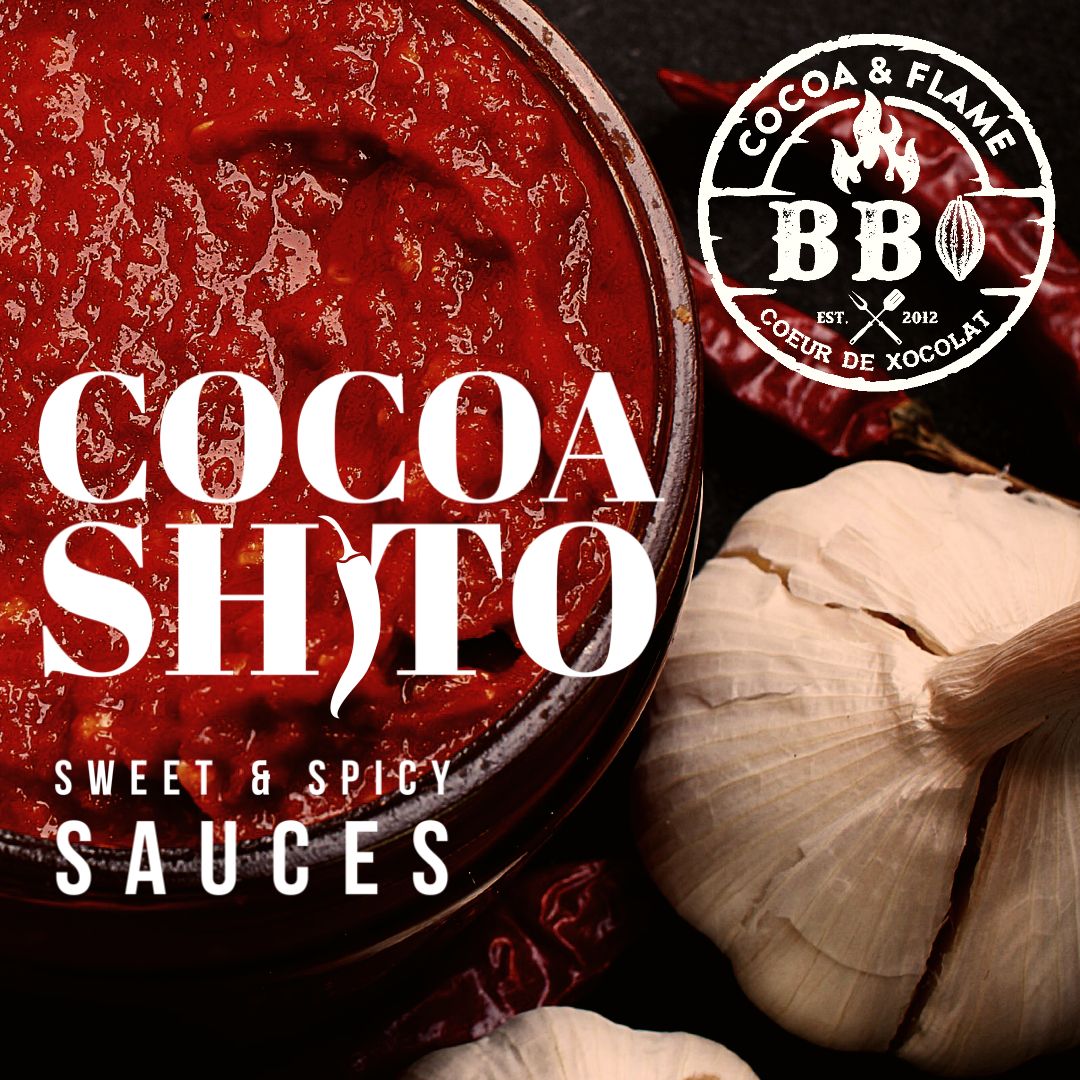 The Journey Begins:
The Journey Begins:
While on my travels to different cocoa origins I have witnessed first-hand how cocoa farmers discard the empty cocoa pods, considering it a byproduct with little to no value. Determined by this challenge I’ve embarked on a journey to unveil the untapped potential of this overlooked treasure.
Discovering the Nutritional Goldmine:
We are all pretty familiar with how Cocoa bean shells can be repurposed, from flavourful teas to biodegradable packaging. But what do Cocoa farmers do with all the pod after harvesting?
Cocoa pods are rich in dietary fibre, lignocellulose and minerals. They are not used in the production of chocolate, so they get left behind as residual organic matter once the cocoa beans with the white mucilage are extracted and collected.
However, the pod husk represents 75% of the total weight of a cocoa pod, so we are talking about a lot of material sitting around in the field with great potential.
People that deal with cocoa (from agronomists to researchers, but also local farmers and their families) are finding ways to repurpose the cocoa pod as:
Organic Fertiliser, Flour, Biofuel, Biochar (charcoal)
Lye in Soap my preference as a chef is to develop edibles.
My research revealed that the flesh contains essential nutrients such as vitamins, minerals, and dietary fibre, making it a valuable ingredient for nutritious dishes.
Realising the potential to improve the livelihoods of cocoa farmers while reducing food waste, win win!
Empowering Cocoa Farmers:
I recognise that my mission would not be successful without the support and collaboration of farmers. So as I travelled to remote regions, engaging with farmers and sharing knowledge about the benefits of cocoa flesh.
Through workshops and demonstrations, not only informing them about the nutritional value but also teaching chefs how to incorporate the flesh into various recipes.
From Farm to Table:
The transformation of pods from waste to culinary ingredients isn’t an easy task.
We still face challenges in convincing both farmers and consumers to embrace this change.
I meet with and partnered with local chefs and restaurants, introducing innovative dishes made from cocoa flesh.
Slowly but steadily, these dishes will find their way to the menus and attracted curious foodies from far and wide.
Here are some of the nutritious and delicious recipes that Mercedes Mendoza has created using cacao flesh:
1. Cocoa Fruit Salad: A refreshing and colourful salad combining cacao flesh, tropical fruits like mango, pineapple, and papaya, drizzled with a tangy lime dressing.
2. Cocoa Smoothie Bowl: A nutritious breakfast drink featuring blended cacao flesh, bananas, coconut milk, and topped with granola, nuts, and fresh berries.
3. Cocoa Salsa: A zesty salsa made from cacao flesh, tomatoes, onions, cilantro, lime juice, and a hint of chilli for a burst of flavour.
4. Cocoa Stir-Fry: A savoury stir-fry with cacao flesh, mixed vegetables, and your choice of protein, seasoned with soy sauce and garlic.
5.Cocoa Tacos: Tasty tacos filled with marinated cacao flesh, avocado slices, shredded cabbage, and a drizzle of spicy salsa.
6. Cocoa Chutney: A sweet and savoury chutney made from cacao flesh, caramelised onions, vinegar, and spices, perfect as a condiment for meats or cheeses.
7. Cocoa Curry: A rich and aromatic curry featuring cocoa flesh, coconut milk, and a medley of spices, served over rice or quinoa.
8. Cocoa Energy Bites: Nutritious and on-the-go snacks made from blended cacao flesh, dates, nuts, and a dash of cinnamon.
9. Cocoa Ice Cream: A creamy and indulgent ice cream made from frozen cacao flesh, coconut cream, and sweetened with natural sweeteners.
10.Cocoa icepops: Refreshing popsicles made from cocoa puree, fruit juice, and a touch of honey.
These recipes not only showcase the versatility of cocoa pods but also highlight our commitment to promoting sustainable and nutritious eating habits while reducing food waste in the cacao industry.
Recipe for Fresh Cacao Fruit Jam
Ingredients:
700 ml cooking liquid from Fresh Cocoa juice
340 grams mango pulp (or another high-pectin fruit, like citrus, apples, or pears)
200 grams sugar (or more to taste)
Instructions:
Pour the cocoa juice into a heavy-bottomed pan.
Bring to a boil.
Add the mango pulp and the sugar. let the jam boil, stirring often, until a lot of the moisture has boiled away and a spoon streaks across the bottom of the pot, about 30-35 minutes.
Serve the jam warm or ladle into jars.
Keep refrigerated.
